7 Types of Plants That Naturally Boost Soil Health in Your Garden
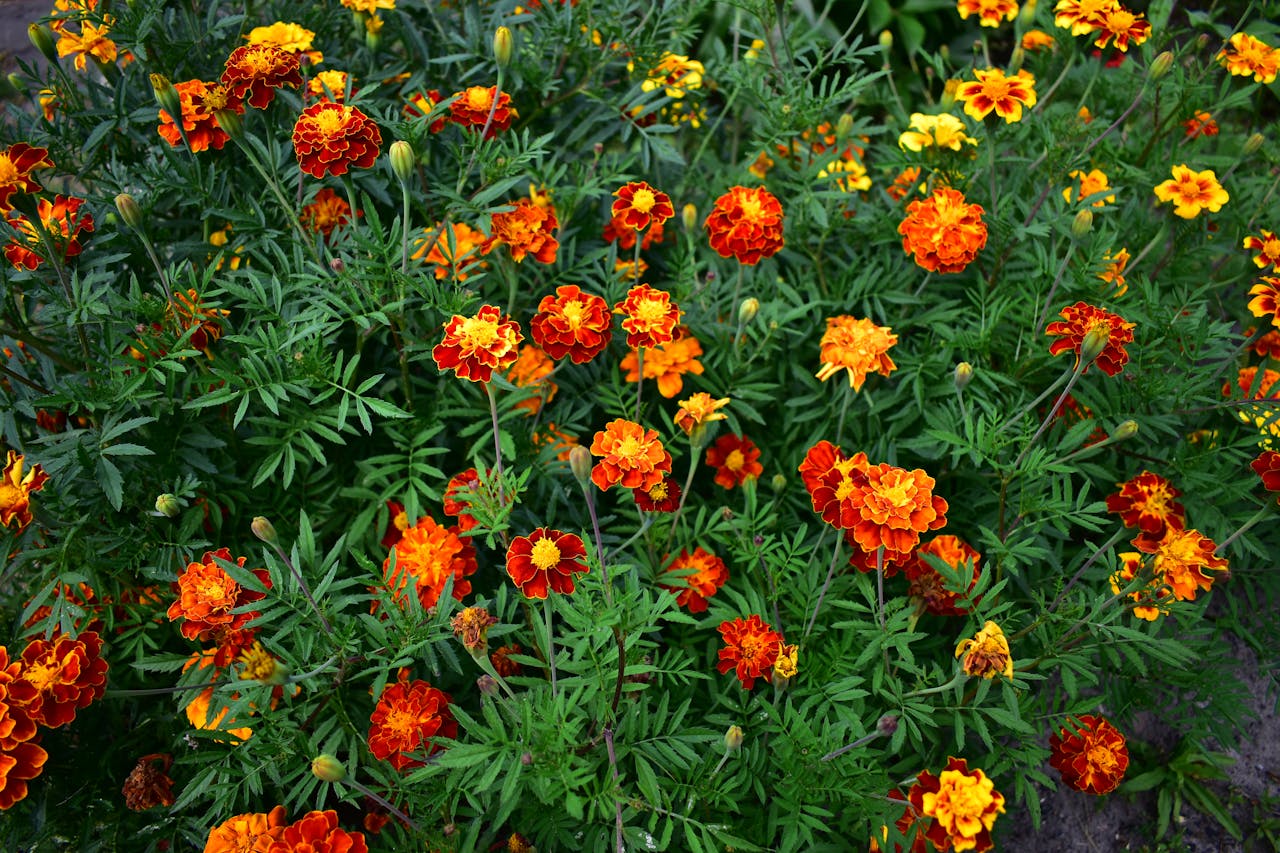
Creating a garden with rich, healthy soil is one of the most important steps you can take for a thriving landscape. Healthy soil is the foundation of strong plants, vibrant flowers, and abundant crops. The good news is, you don’t have to rely on synthetic fertilizers to improve your soil. Many plants have natural abilities to enhance soil health by fixing nutrients, improving structure, and supporting beneficial organisms. By choosing the right plants, you can boost the vitality of your garden and reduce your environmental impact. In this blog, we’ll explore seven types of plants that naturally boost soil health, so you can create a more sustainable and productive garden.
1. Legumes: Nature’s Nitrogen Fixers
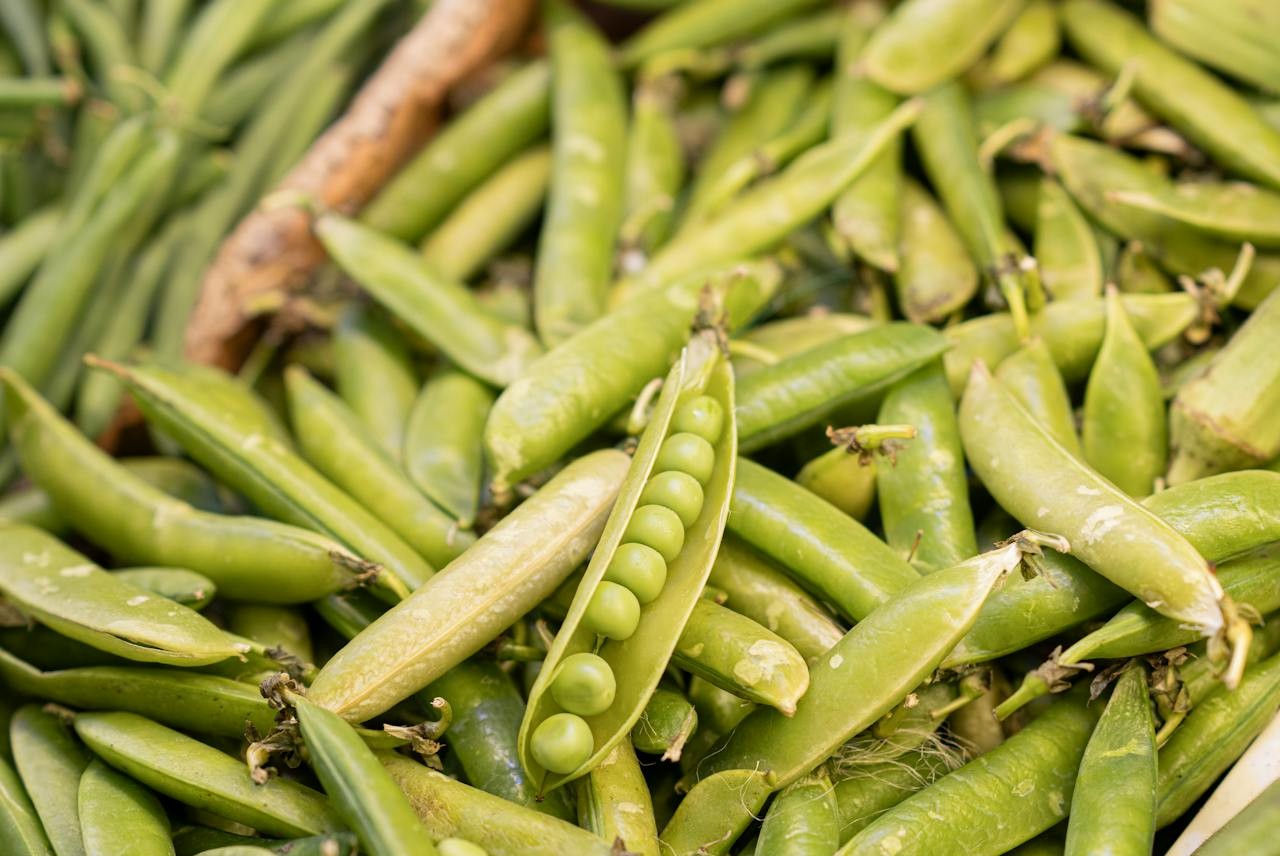
Legumes are a gardener’s best friend when it comes to improving soil fertility. Plants like peas, beans, clover, and alfalfa work in a unique way by partnering with nitrogen-fixing bacteria in their roots. These bacteria convert nitrogen from the air into a form that plants can use. This process naturally enriches the soil with nitrogen, reducing the need for synthetic fertilizers and keeping the soil nutrient-rich. Legumes are particularly beneficial when planted as a cover crop or rotated with vegetables. By adding legumes to your garden, you can rejuvenate soil that has become depleted over time and provide essential nutrients for future crops.
In addition to their nitrogen-fixing properties, legumes help prevent soil erosion and improve soil structure. Their deep root systems break up compacted soil, allowing air, water, and nutrients to reach deeper layers. Whether you plant legumes as a cover crop or as part of your vegetable garden, they will work hard to improve your soil health.
2. Comfrey: The Dynamic Accumulator
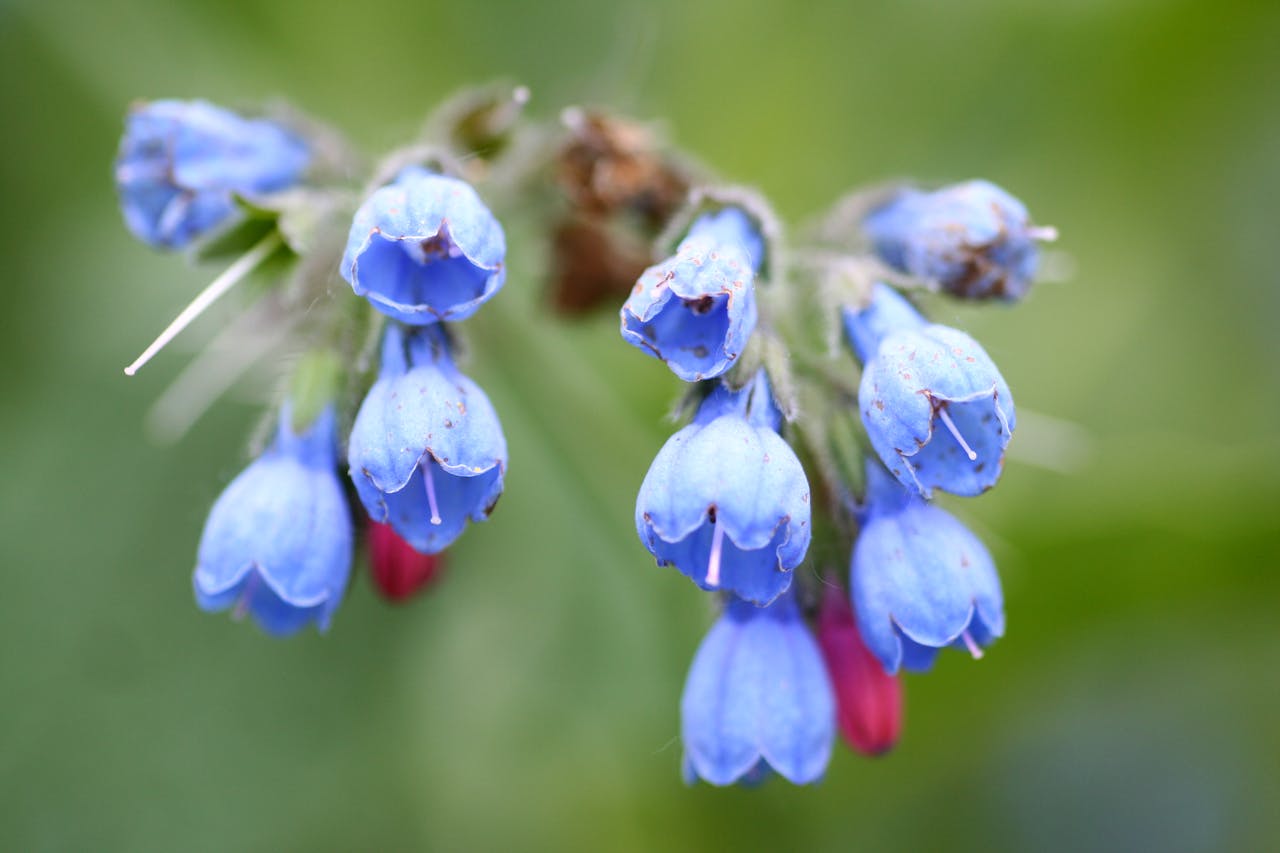
Comfrey is a powerful plant known for its ability to accumulate nutrients from deep within the soil. With its deep taproots, comfrey pulls up essential minerals like potassium, calcium, and phosphorus, which are often inaccessible to other plants. These nutrients are stored in the plant’s leaves and can be released into the soil when the plant is cut back or decomposes. As a result, comfrey is an excellent addition to any garden, especially for those looking to improve soil fertility.
Comfrey is also highly effective at improving soil structure. When used as mulch, its leaves break down quickly, adding organic matter to the soil and promoting the growth of beneficial microorganisms. Additionally, comfrey attracts pollinators, making it a great choice for a pollinator-friendly garden. If you want a plant that works hard to boost your soil health while also offering other benefits, comfrey is a must-have.
3. Buckwheat: The Quick Soil Conditioner
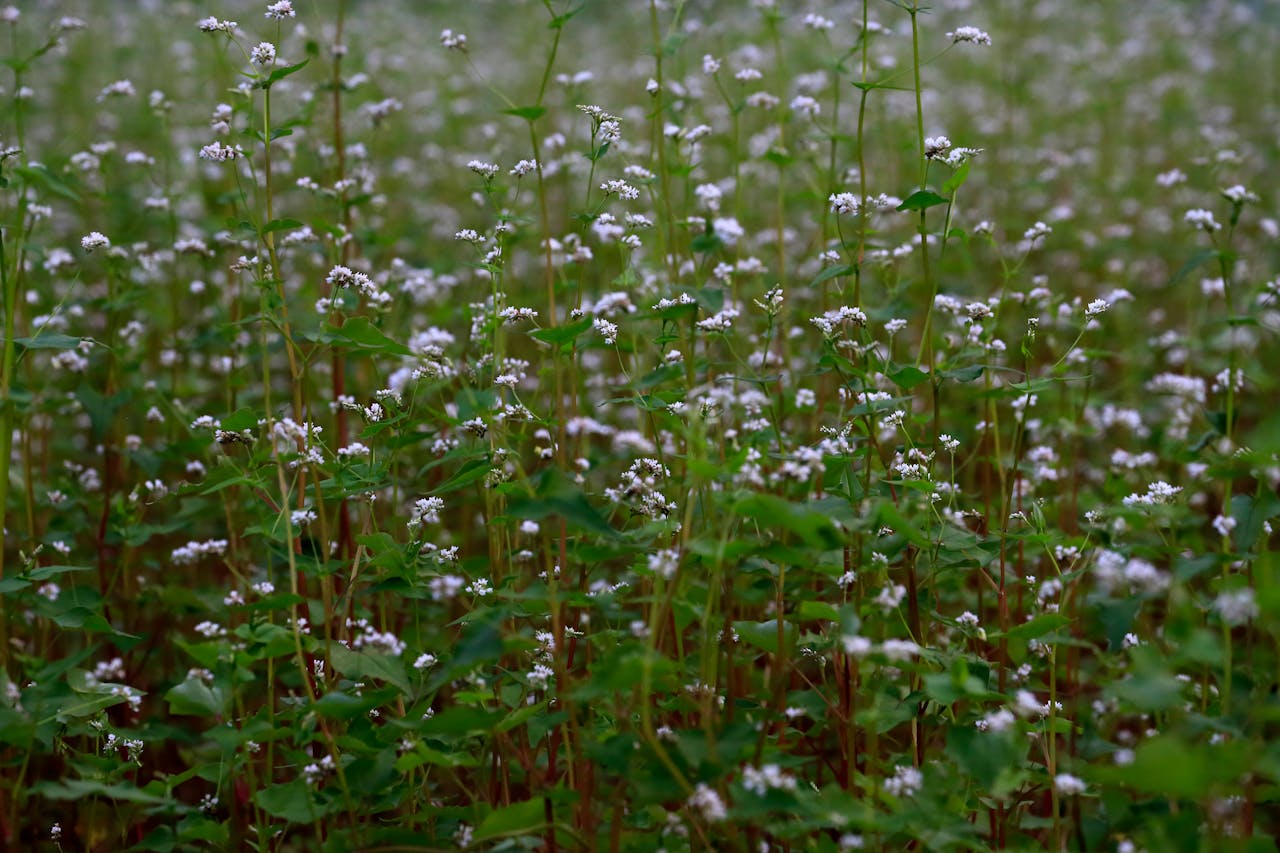
Buckwheat is a fast-growing plant that works wonders for improving soil health. Known for its ability to quickly grow dense foliage, buckwheat helps suppress weeds, prevent soil erosion, and improve soil structure. Its rapid growth also allows it to provide ground cover during the off-season, protecting the soil from harsh weather conditions. This makes it an excellent choice for gardeners looking to improve their soil quickly.
One of the key benefits of buckwheat is its ability to attract pollinators and beneficial insects. Bees and butterflies are drawn to its flowers, helping to create a thriving ecosystem in your garden. As buckwheat decomposes, it adds organic matter to the soil, enriching it with nutrients like phosphorus and magnesium. Whether you’re looking to improve soil fertility or create a habitat for beneficial insects, buckwheat is a valuable addition to your garden.
4. Mustard: A Natural Biofumigant
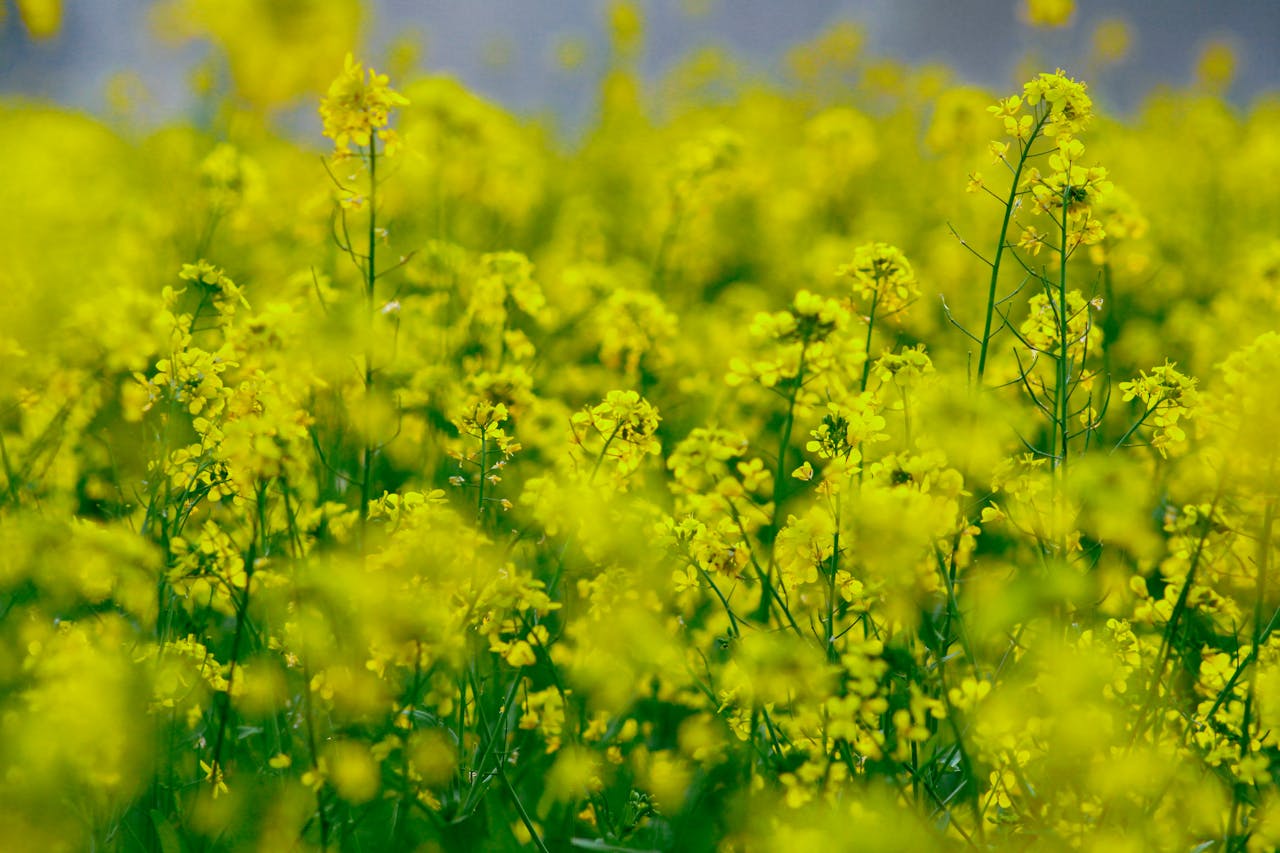
Mustard is a versatile plant that offers a variety of benefits for soil health. When used as a cover crop, mustard acts as a natural biofumigant, meaning it helps to suppress harmful soil-borne pests and diseases. Mustard contains compounds that are toxic to certain pests, which helps to keep your soil free from harmful pathogens. This makes mustard an excellent choice for gardeners who want to reduce the risk of disease and pest damage.
In addition to its pest-repelling properties, mustard also improves soil structure. Its deep root system breaks up compacted soil, allowing for better water infiltration and root growth. When mustard is tilled into the soil, it decomposes quickly, adding valuable organic matter and nutrients to the soil. Mustard is particularly effective in vegetable gardens where crop rotation is practiced, helping to maintain soil health and prevent the buildup of pests and diseases.
5. Sunflowers: Deep Soil Aerators
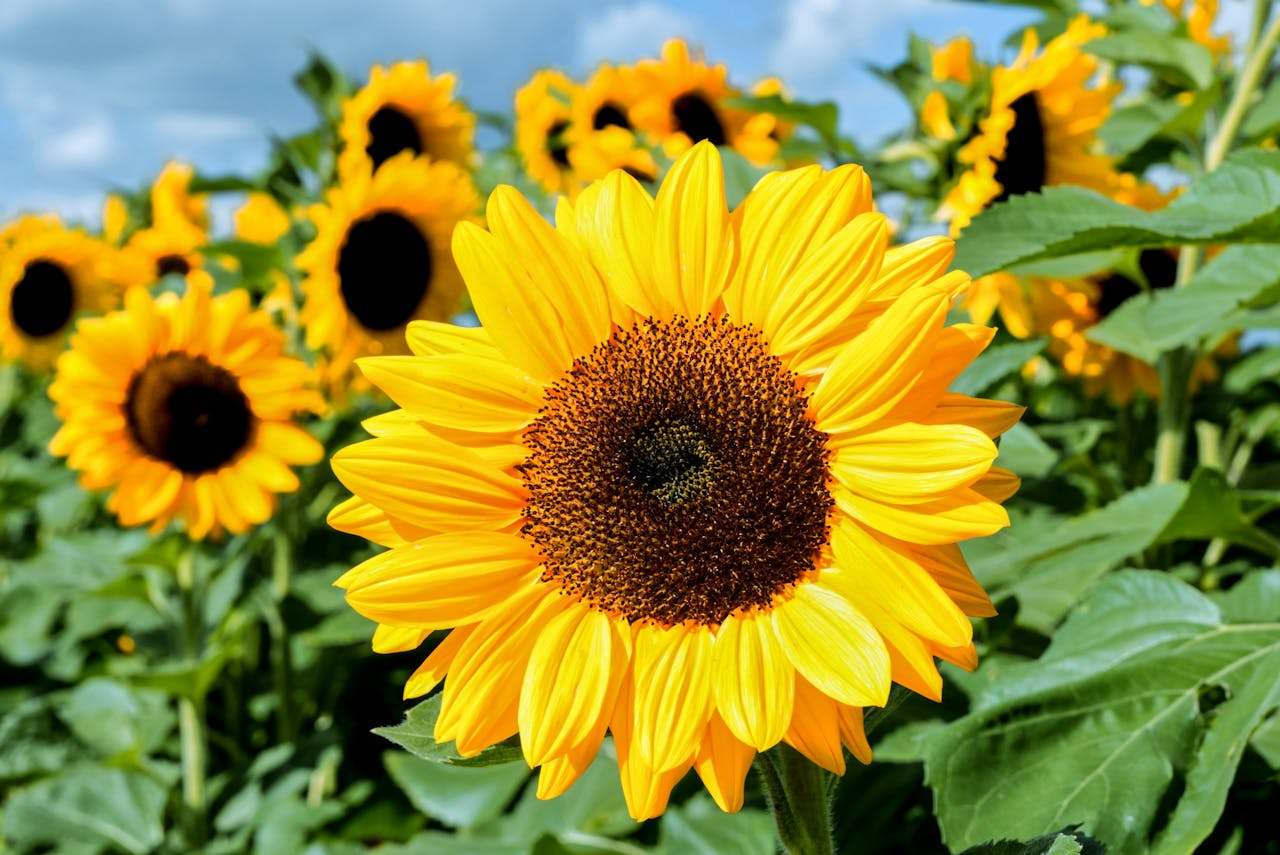
Sunflowers are not only beautiful and cheerful, but they also play a crucial role in improving soil health. Their deep, sturdy taproots penetrate compacted soil layers, improving aeration and water drainage. This allows other plants to access deeper soil layers, which improves overall garden productivity. Sunflowers also help to reduce soil erosion by stabilizing the soil with their strong root systems.
Another benefit of sunflowers is their ability to attract pollinators, such as bees and butterflies. These pollinators play a vital role in the health of your garden by promoting cross-pollination and supporting biodiversity. Once the sunflowers are harvested, their biomass can be composted, adding organic material back into the soil. By planting sunflowers, you can create a more vibrant and productive garden while also enhancing the health of your soil.
6. Cover Grasses: Erosion Fighters and Nutrient Providers
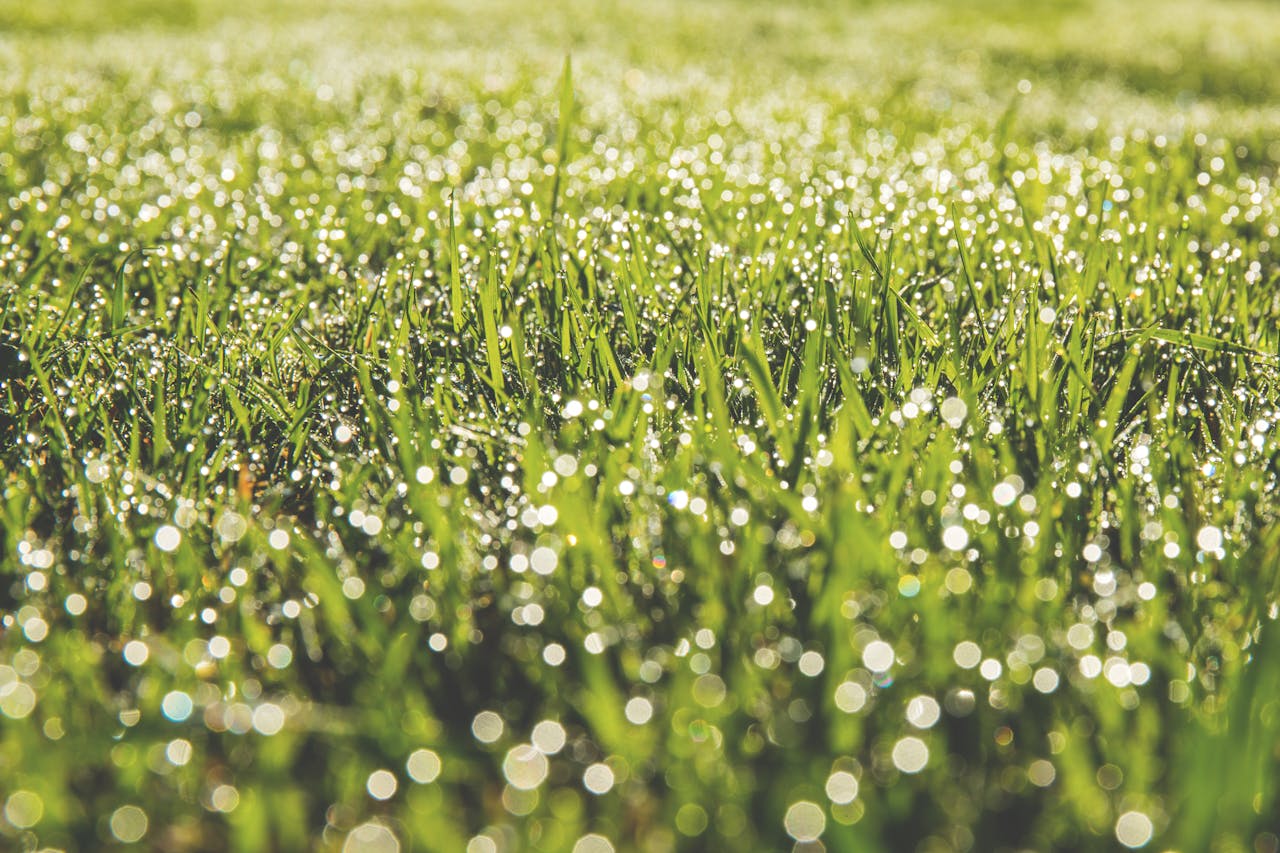
Cover grasses like rye, barley, and oats are incredibly effective at stabilizing soil and preventing erosion. Their extensive root systems hold the soil in place, reducing the risk of soil loss due to wind or water. These grasses also improve soil structure over time by adding organic matter and nutrients. When tilled into the soil, cover grasses act as “green manure,” providing a rich source of organic material that nourishes the soil.
Cover grasses are especially useful during the off-season when your garden is not actively growing. By planting cover crops, you can ensure that your soil remains covered and protected from the elements. This helps to maintain soil fertility and prevent nutrient loss. Whether you’re looking to prevent erosion or enrich your soil with organic matter, cover grasses are an essential tool for improving soil health.
7. Marigolds: Natural Pest Deterrents with Soil Benefits
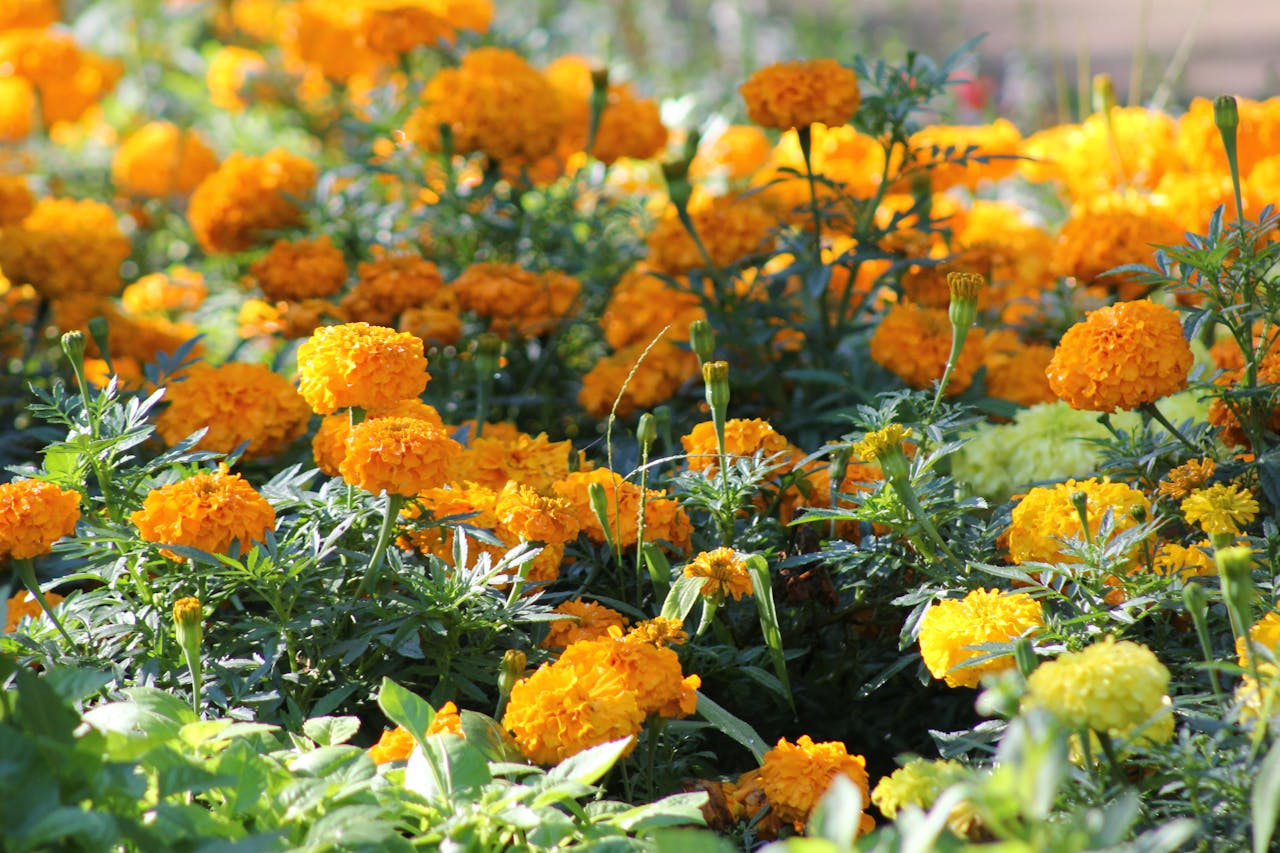
Marigolds are not only a colorful addition to your garden, but they also offer numerous benefits for soil health. Known for their ability to repel pests like nematodes and aphids, marigolds help to protect your soil from harmful insects. This makes them an excellent choice for gardeners looking to reduce the need for chemical pesticides.
In addition to their pest-repelling properties, marigolds contribute to soil health by releasing natural compounds into the soil that suppress harmful pathogens. Their deep root systems also help to break up compacted soil, improving aeration and water flow. Marigolds are easy to grow and can be used as companion plants to protect other crops. When their flowers fade, they can be composted, adding organic material and nutrients back into the soil.
Final Thoughts
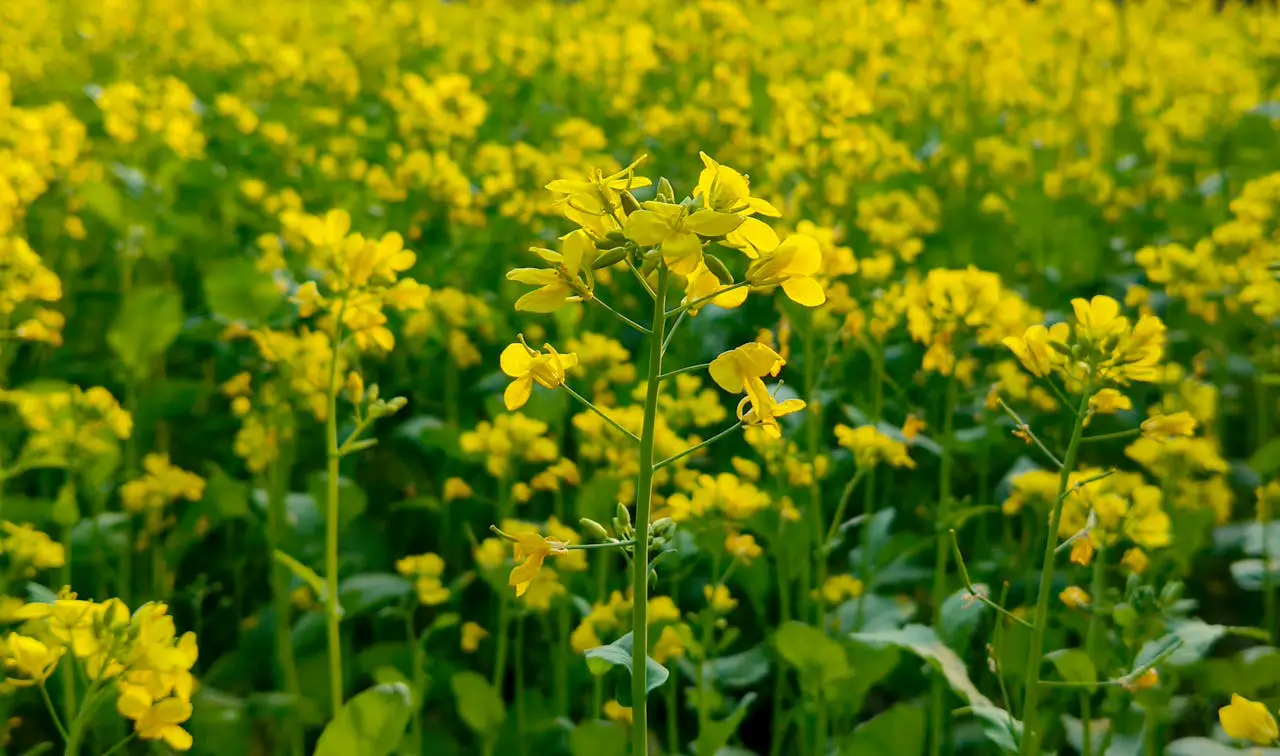
To get the most out of these soil-boosting plants, consider using them in combination with one another. For example, you can plant legumes alongside cover grasses to improve soil fertility and prevent erosion. Incorporating plants like comfrey and buckwheat into your garden will help to improve soil structure and attract beneficial insects. Additionally, using these plants as cover crops during the off-season will keep your soil protected and nourished year-round.
It’s also important to practice crop rotation and avoid planting the same crops in the same location each year. This will help prevent soil depletion and reduce the risk of pest and disease buildup. By incorporating these seven types of plants into your garden, you’ll create a healthier, more sustainable environment for both your plants and the soil.
Leave a Reply